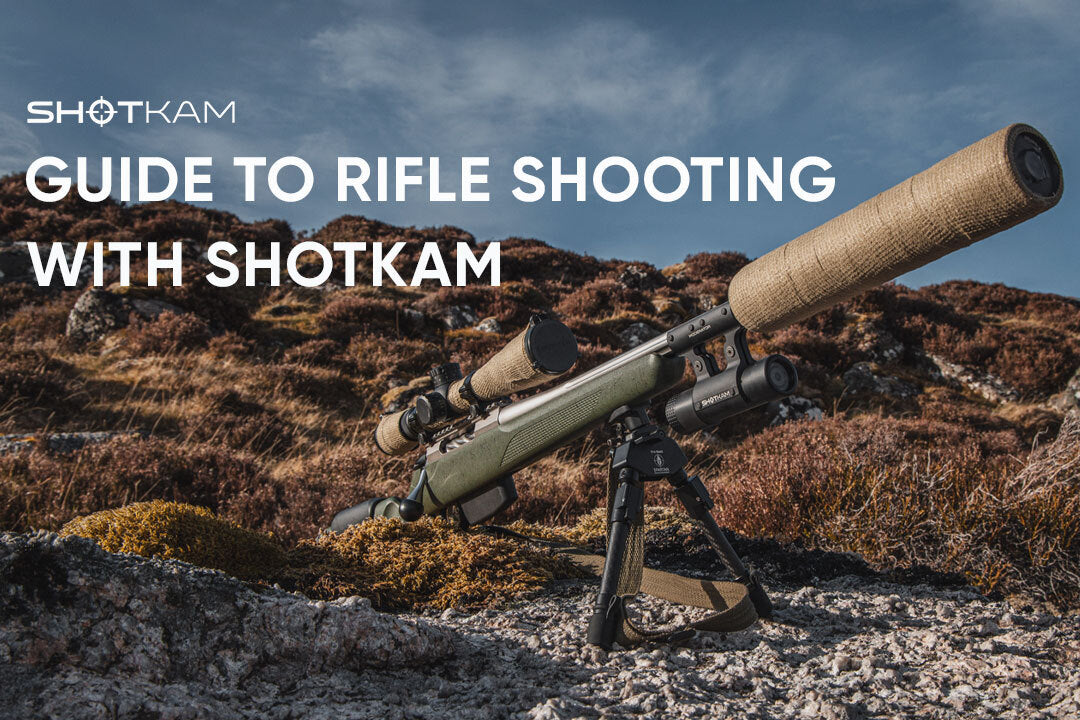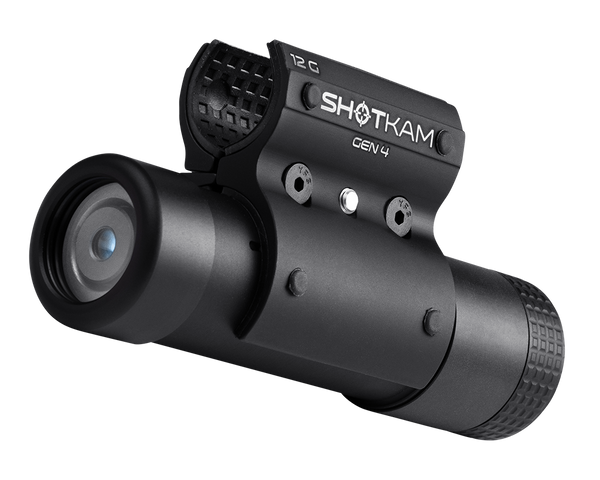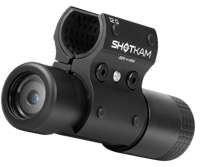Master Start Times and Eye Movement: Techniques for Sporting Success
In the world of competitive target shooting, the difference between hitting and missing a clay pigeon can come down to fractions of a second and millimeters of precision. Mastering start times (when you begin to move with the target) and eye movement is crucial for achieving this level of accuracy.
In the newest instructional video from ShotKam, world champion shooter David Radulovich shares his insights and techniques on this very topic. Here, we'll break down the key points from David's demonstration, providing you with actionable tips to enhance your shooting performance.
The Importance of Start Times in Shooting
"Start time" refers to the precise moment when you begin your movement in sync with the target. Moving your body perfectly in time with the target ensures that your rotational movement is smooth and harmonious, avoiding any abrupt changes in speed or direction.
To illustrate this, David works with his student, Jeff, a shooter with 10 years of experience. They start by observing the "B" target thrown from the high tower (Promatic trap). The goal is to find the perfect hold-point, which is the position where you start your gun barrel. David explains that finding this hold-point involves a technique he calls the "50% test".
The 50% Test: Finding the Perfect Hold-Point
The 50% test is a systematic way to determine the ideal starting position for your shotgun muzzle. Here's how it works during the show pair (two targets thrown for the shooter to see prior to starting to shoot):
- Identify your Break-Point: Determine where you see the target most clearly and want to break it.
- Position Your Hands and Eyes: Place your thumb 50% between the trap and the break point, then focus your eyes on the target line.
- Use Lower Body Movement: Call "pull", then move horizontally from your ankles, keeping your hand steady as though it's the shotgun.
- Observe and Adjust: Pay attention to whether you feel rushed or like you're waiting for the target. Based on this, adjust your hold-point.
David demonstrates this with Jeff, guiding him to move his eyes and body in sync with the target. They test different hold points, adjusting by 50% closer if he felt he was waiting on the target, or 50% farther towards the break-point if he felt he was rushed. This method ensures that the shooter chooses the correct hold-point with only two show pairs.
Visual Pickups and Eye Movement
Once the hold-point is established, the next critical aspect is visual pickups and eye movement. David explains that there are two types of eye movements relevant to shooting: saccadic and smooth pursuit movements.
- Saccadic Movement: This is a quick, jerky movement of the eyes from one point to another.
- Smooth Pursuit Movement: This is a fluid, continuous movement where the eyes smoothly follow a moving target.
For shooting, smooth pursuit movement is ideal because it keeps your eyes locked on the target, providing the highest level of visual acuity. David explains that this type of movement engages the fovea of your retina, allowing for precise tracking and making the target appear slower and more detailed.
Engaging Smooth Pursuit Movement: Saccadic vs. Smooth Pursuit
To achieve smooth pursuit movement, it's essential to focus your eyes on the general line of the target, then your mind's attention towards the trap. David emphasizes that engaging in smooth pursuit movement requires conscious attention on the target, but not a sharp focus on the clay too early. This means that when you call "pull," your focus should not be on a specific leaf or object, but rather on the anticipated path of the target.
Applying These Techniques with ShotKam
One of the significant advantages of using a ShotKam gun camera is its ability to provide real-time feedback on your shooting technique. David explains that by reviewing the video footage, shooters can observe their micro-movements and identify areas for improvement. Click here for more tips on how to learn from your videos: Analyzing ShotKam videos.
For instance, if your eyes are not relaxed or are making saccadic movements, it will be evident in the ShotKam footage. The video will show micro-movements of the gun before the target appears, indicating anticipatory anxiety. By analyzing this footage, shooters can adjust their technique to ensure smoother, more controlled movements.
Conclusion: Enhancing Shooting Performance with Pro Tips
Mastering start times and eye movement is essential for achieving precision and consistency in shooting. By following David Radulovich's expert advice and practicing the 50% test and smooth pursuit movement techniques, shooters can enhance their performance and gain a competitive edge.
Remember, the key to success is practice and attention to detail. Use tools like ShotKam to review your technique and make necessary adjustments. With dedication and the right approach, you'll be on your way to hitting your targets with the precision of a world champion.
You are reading:











